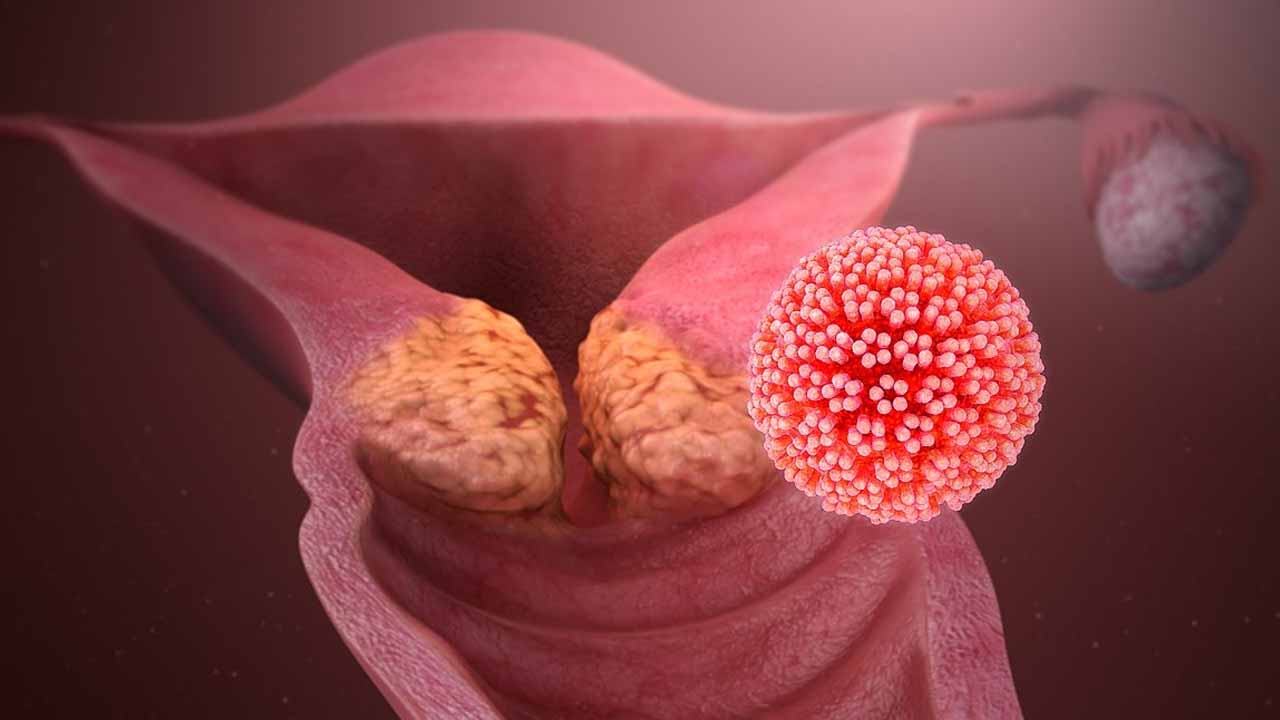WHO Director-General Tedros Adhanom Ghebreyesus has said on social media Twitter that “cervical cancer is largely preventable and treatable. It may become first cancer ever to be eliminated.”
The International Cancer Institute, an intergovernmental agency under the WHO, stated that cervical cancer can be prevented to a large extent through vaccination and screening of precursor lesions, as well as appropriate follow-up observation and treatment.
Among women, cervical cancer is the second most common type of cancer, with the highest morbidity and mortality, and usually affects countries with a low human development index.
In 2020, an estimated 604,000 women worldwide will be diagnosed with cervical cancer, and 342,000 of them will die from this disease.
The WHO pointed out that few diseases reflect global inequality like cervical cancer.
Nearly 90% of cervical cancer deaths in 2018 occurred in low- and middle-income countries. These countries have the heaviest burden of cervical cancer because women have limited access to public health services and screening and treatment have not been widely implemented.
The international community has formulated an ambitious, coordinated and inclusive strategy to guide the elimination of this deadly cancer.
The International Cancer Institute and WHO is working with other partners to end this public health problem through the “Global Strategy to Accelerate the Elimination of Cervical Cancer.”
Béatrice Lauby-Secretan, deputy director of the Division of Evidence Synthesis and Classification of the International Cancer Institute, pointed out that “assessing the impact of current screening methods on cancer incidence and mortality will help develop Effective public health policies play a key role in combating this preventable disease.”
To eliminate cervical cancer as a public health issue, the global strategy has set a threshold for all countries to have an incidence rate of fewer than 4 cases per 100,000 women.
In order to achieve this goal, every country must achieve and maintain three key goals in the lifetime of today’s young generation.
The first is to allow 90% of girls to be fully vaccinated against Human Papillomavirus (HPV) before the age of 15.
The second is to ensure that 70% of women pass the high-efficiency test before the age of 35 to be screened and to be screened again before the age of 45.
The third goal is to allow 90% of women with pre-cancerous cancer to receive treatment and 90% of women with invasive cervical cancer to receive appropriate treatment.
Tan Desai said: “WHO calls on all countries and partners to increase access to life-saving human papillomavirus vaccination and expand screening, treatment and palliative care.”
The WHO emphasizes that every country should achieve the 90-70-90 goal by 2030 so that cervical cancer can be eliminated in the next century.


























